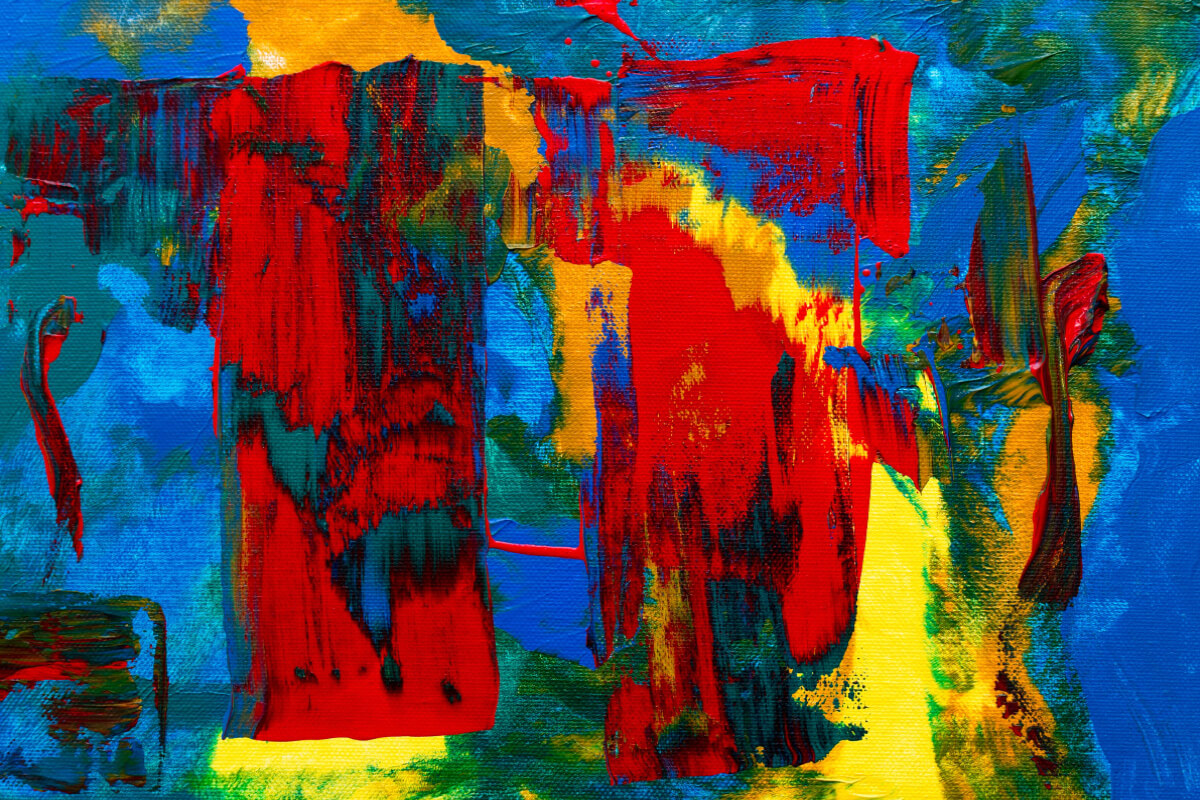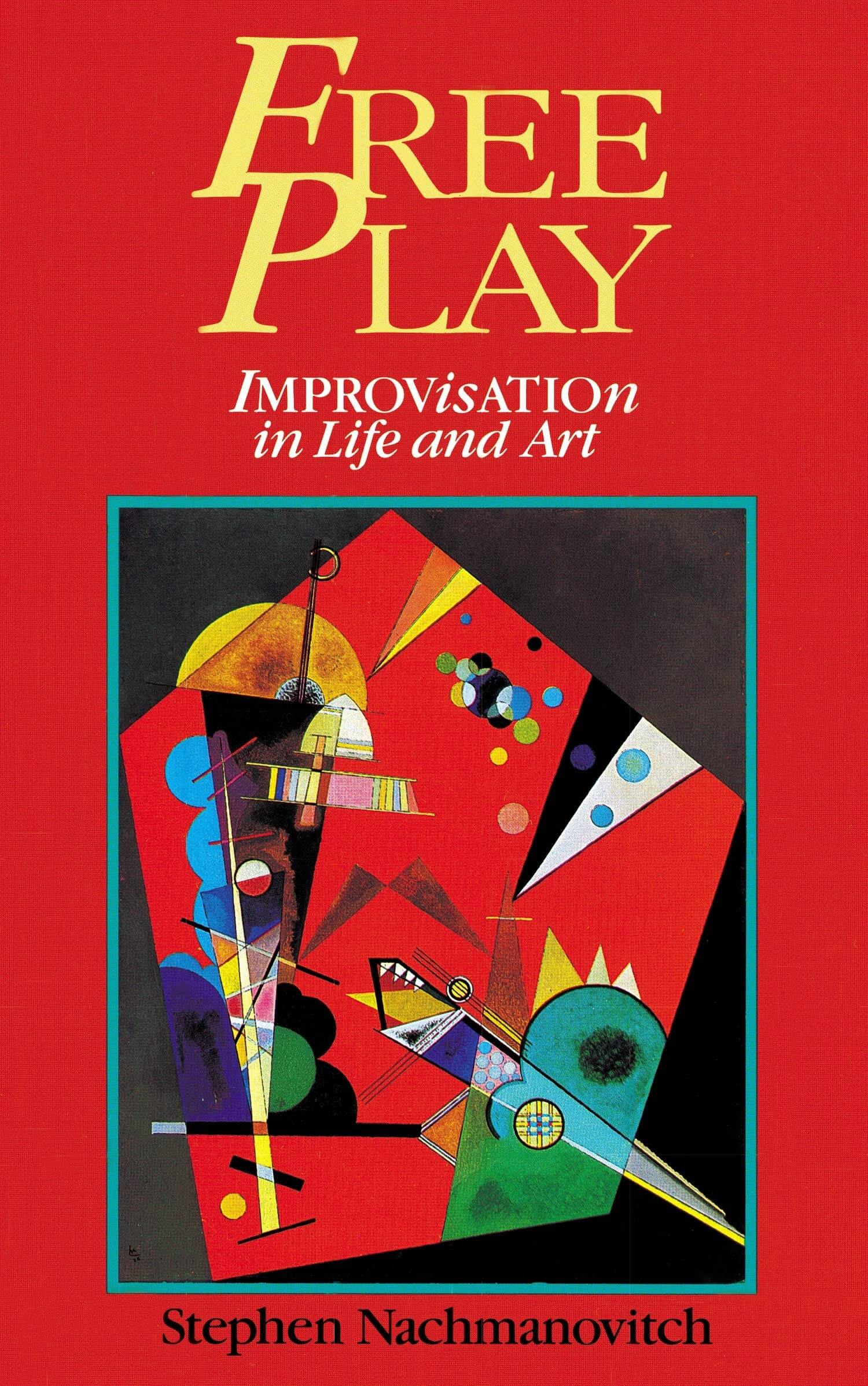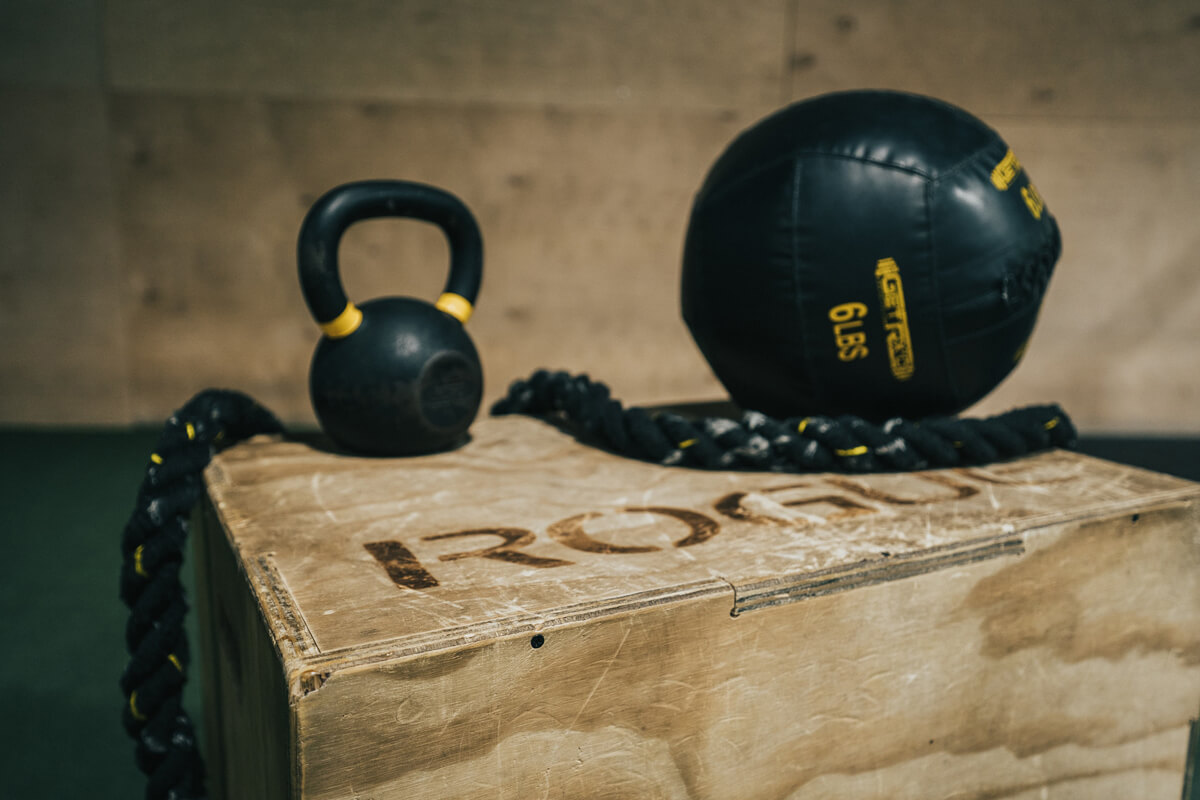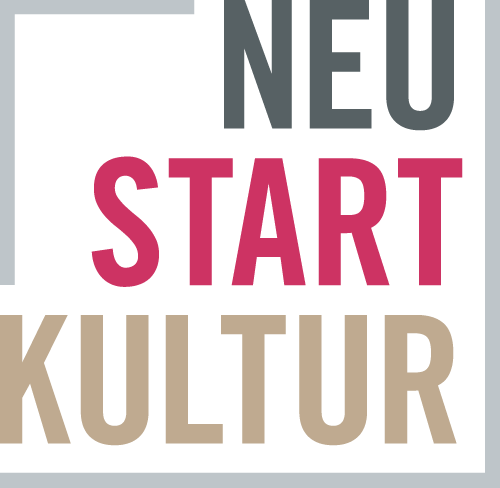DIS-TANZ DIARY #2
FREE PLAY – IMPROVISATION IN LIFE AND ART
Jan 04, 2021 in DIS-TANZ-SOLO

Before I start diving into some of the more sober reference books on anatomy and physiology and the core principles of sports science I wanna introduce FREE PLAY – IMPROVISATION IN LIFE AND ART by Stephen Nachmanovitch. I discovered this gem of a book through a dear friend while touring SUNNY by Emanuel Gat & Awir Leon.
I quickly re-read it as a preparation for this research since a lot of my findings are to be integrated not only into my technique classes but also into my version of a guided improvisation – a method that I regularly use to prepare professional dancers for a busy day of work, especially when I don’t want to occupy their brains with additional choreographic information.
FREE PLAY is one of those books that you can read again and again. It is frankly a never-ending source of inspiration and wisdom. Stephen Nachmanovitch is an improvisational violinist who writes and teaches about improvisation, creativity and the spiritual underpinnings of art. Nachmanovitch studied at Harvard University and the University of California at Santa Cruz, where he earned a PhD in the History of Consciousness for an exploration of William Blake. His thoughts and discoveries are clearly based on his work as a musician but they can easily be adopted to any other art form or everyday life. I highly recommend his publications, not only to dancers and artists but to pretty much anyone…







